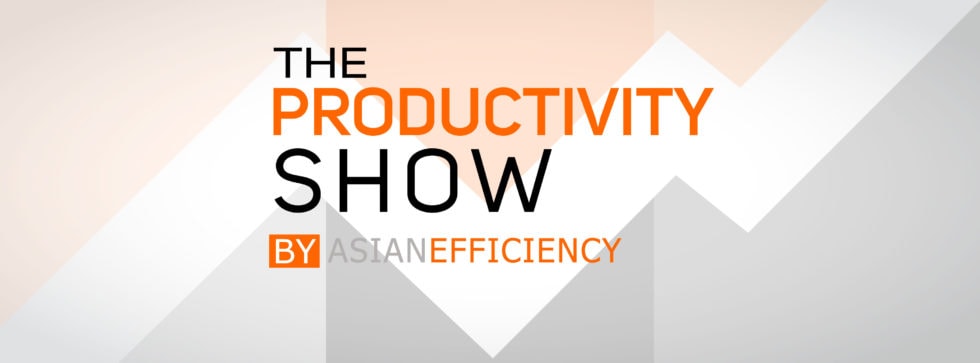
If you’re just starting out in your productivity journey, you are in a GREAT situation. You can optimize right away, and you can learn from what has worked for others and, where it makes sense, apply it to yourself. It’s a gift that will pay off for years to come.
However, maybe you’ve been working for a while. What lessons do you WISH you had learned years ago? If you had a time machine, what changes would you make to make you more productive? And what’s stopping you from making them right now? It’s never too late.
In this episode, Brooks, Marmel, and myself share the productivity lessons WE would implement if we were just starting over — what we wish we knew back then, and what is helping us now.
Even just asking yourself this question will be a powerful exercise, so benefit from our lessons learned.
Thanks to Indeed for supporting The Productivity Show. Indeed is offering our listeners a $75 credit at Indeed.com/tps.
Cheat Sheet:
- Top 3 productivity resources for this week [3:07]
- What is most important about Self-Management? [6:43]
- How do personality tests benefit your productivity? [7:37]
- What paths do we often go down when considering advice? [10:00]
- How does self-awareness strengthen learning? [12:13]
- Why is it important to make use of free information [14:35]
- Marmel’s tips on successful goal setting [16:45]
- What are some community picks for a productivity reset? [23:34]
- Brooks’ sage advice on accountability in the workplace [25:21]
- Action steps you can take to integrate today’s topic into your life. [28:39]
Links:
- IronMind Expand-Your-Hand Bands
- Wicked Cushions Upgraded Replacement Ear Pads for Bose QC35 & QC35ii QuietComfort 35 Headphones
- Hook for MacOS
- Free to Focus (Michael Hyatt)
- TPS+
- Quiz
If you enjoyed this episode, subscribe to the podcast on iTunes, Stitcher, Overcast, PocketCast or your favorite podcast player. It’s easy, you’ll get new episodes automatically, and it also helps the show gain exposure. You can also leave a review! Here’s how.
If you enjoyed this episode, follow the podcast on Apple Podcasts, Spotify, Stitcher, Overcast, Pocket Casts or your favorite podcast player. It’s easy, you’ll get new episodes automatically, and it also helps the show. You can also leave a review!
